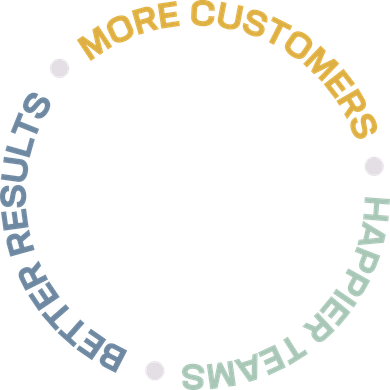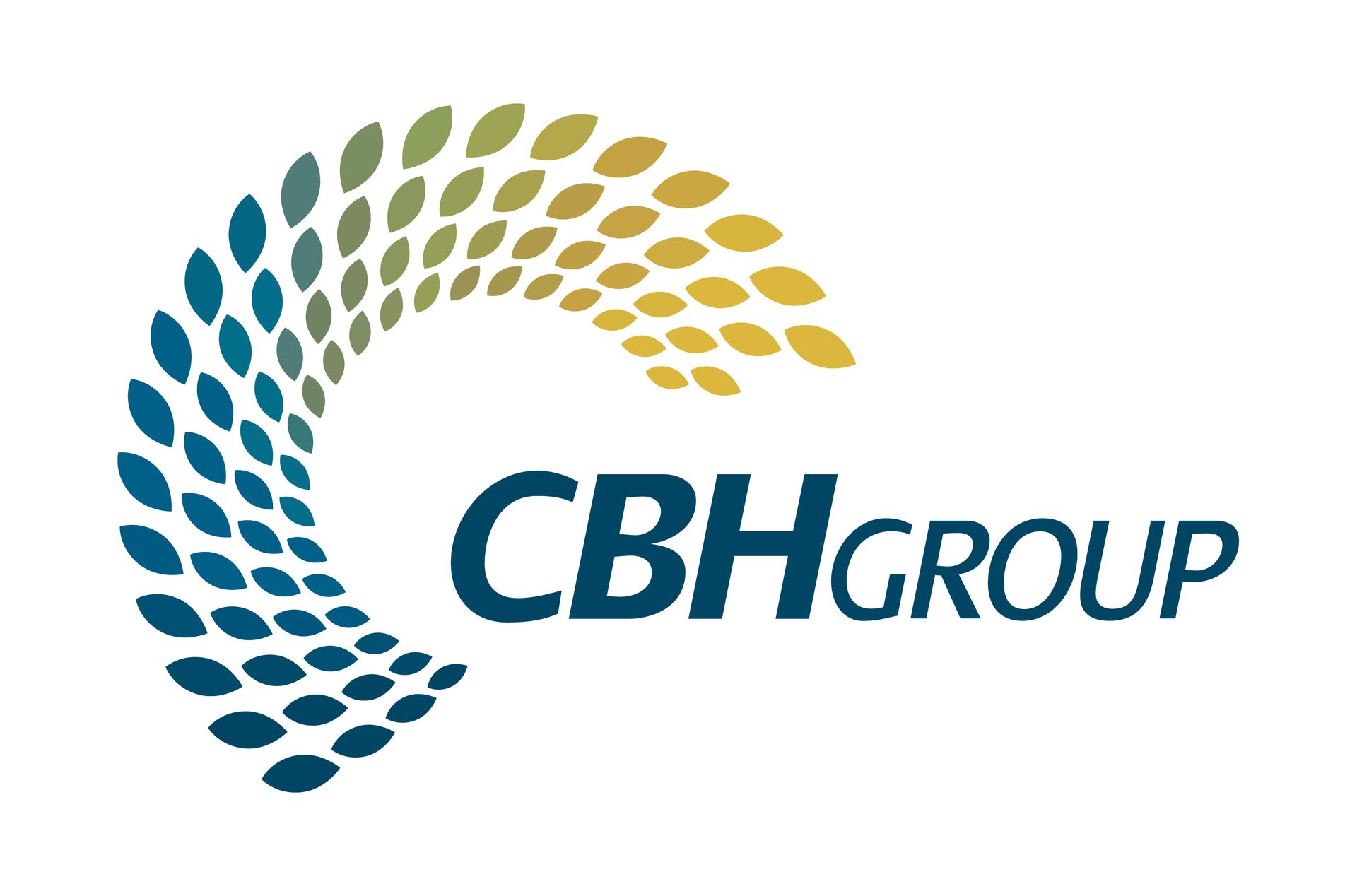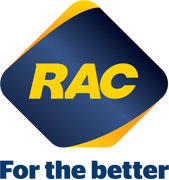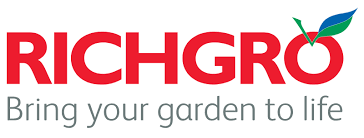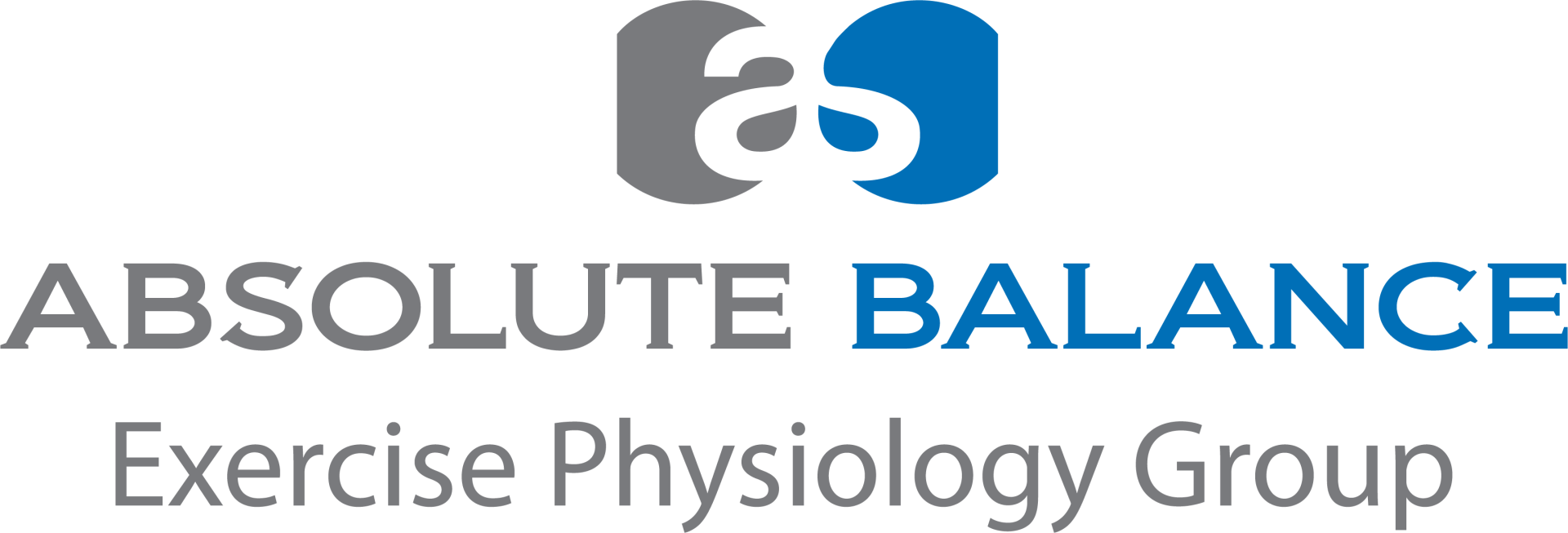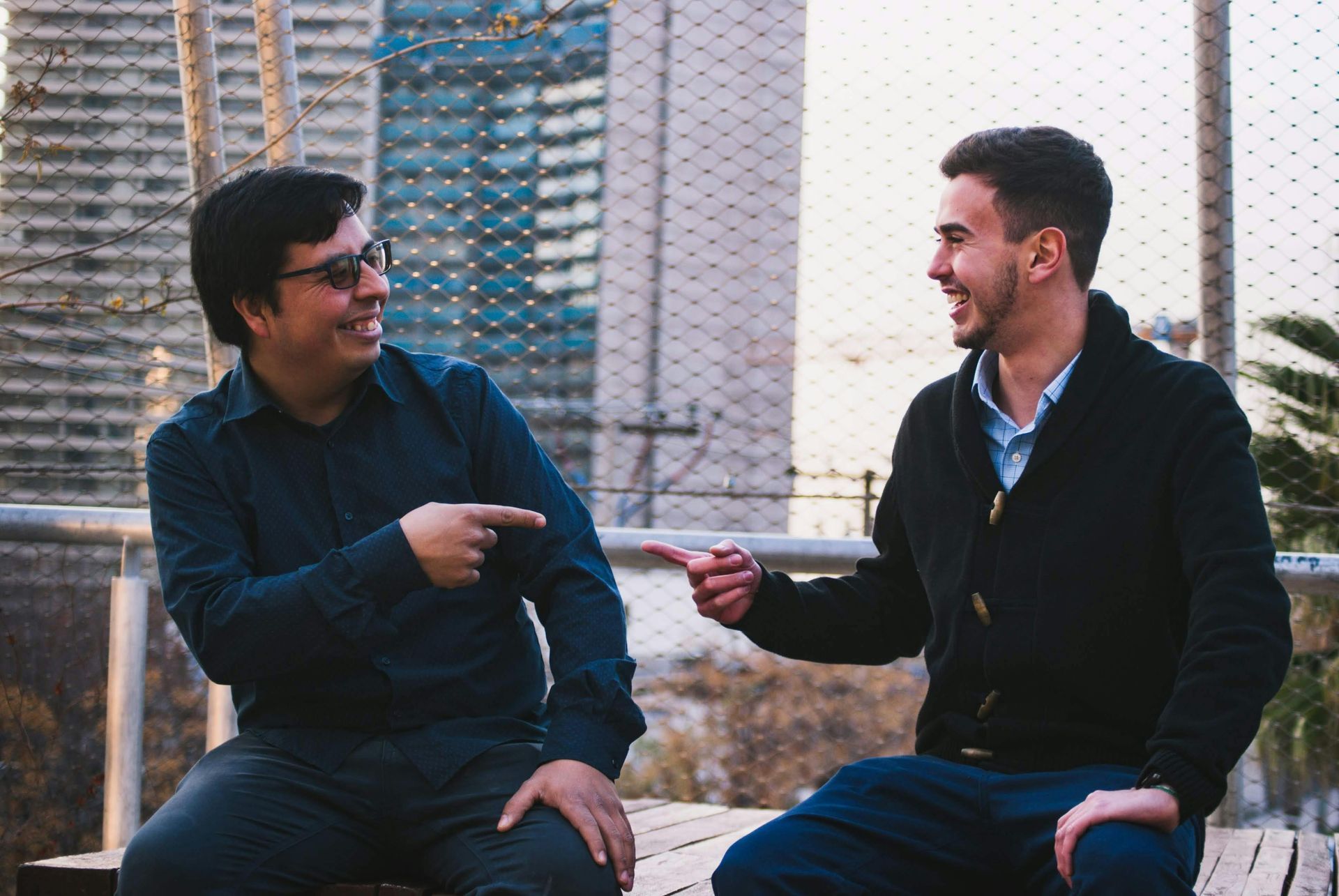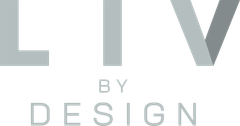BUSINESS GROWTH & PROFITABILITY
DESIGNING
Success
Great businesses have the power to solve challenges, meet targets, and propel growth.
When the right elements are in place, people work together better, customers keep returning, and leaders shine.
But successful businesses aren't the result of chance.
They're built with intention and strategy.
They happen by design.

Bringing clarity to your strategic goals.
Align, Execute, and Thrive.
"Whether you are a business or organisation, you need clear strategic goals.
That might be measured through improving customer experience, increasing operational efficiency, or creating a better culture to attract and retain great staff.
But sometimes, as leaders, we see the big picture, but struggle with the time to share that effectively.
I work with organisations to clarify goals and execute plans in a friendly and approachable way. You and your team will come away united, and with a clear roadmap. Everyone knows the part they play, and what they need to do next.
I love what I do, and look forward to working together."
It has been a pleasure partnering with Olivia over the last two years.
"During this time we have worked on several projects including organisational culture and strategic planning preparation.
Olivia facilitated several Liv by Design workshops across all levels of the organisation, providing a safe space for our team members to provide their valuable feedback in a welcoming environment. Olivia has a genuine way connecting with others establishing rapport and building trust within a short period of time. Olivia has a focus on seeking strengths and passions within an organisation and individuals, providing opportunity for innovation, growth, development and full potential to be reached.
Olivia’s ability to tailor her engagement style was clearly demonstrated throughout this process, adaptability to meet the needs of our vulnerable clients was a vital piece to this project which was delivered by Olivia and ended in successful outcomes."
Shaneen Steele
Executive People and Culture


